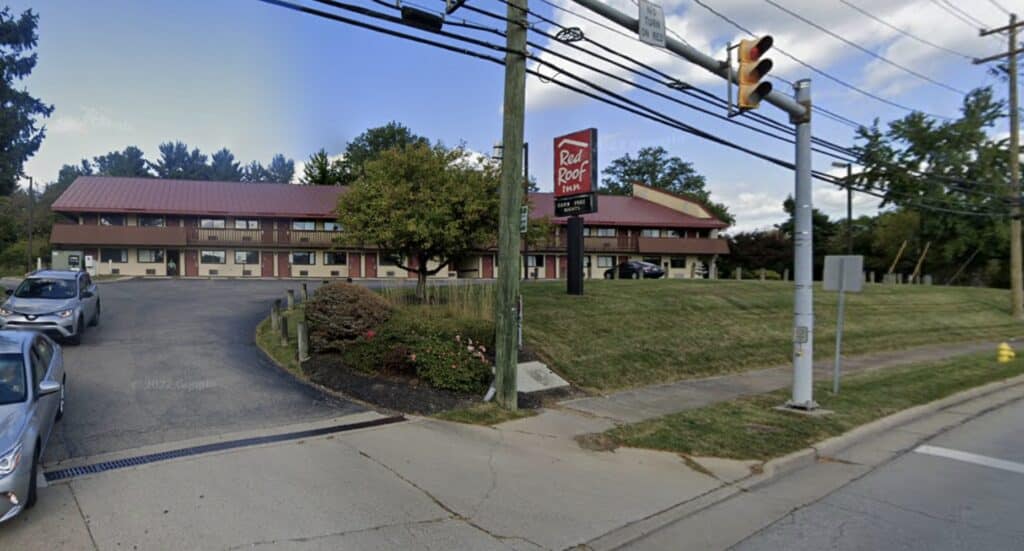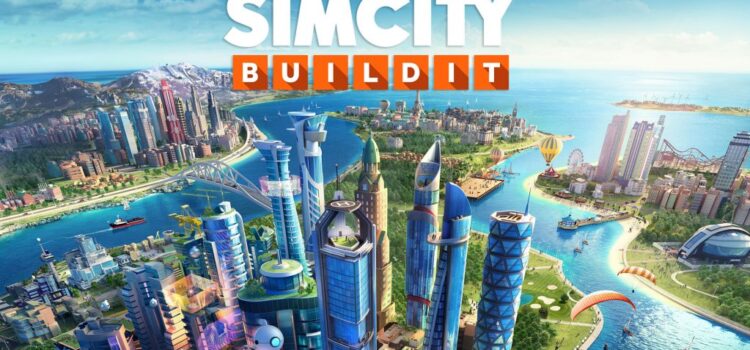In any city there are times when the uses for a property will change. Because we have so few undeveloped pieces of land, almost anything that is built in the City of Blue Ash requires that it be built on a piece of property that already has something on it. In the SimCity simulation, if you don’t like the way a piece of land is being used, the player can just knock it down and see if something better comes or they can change the zoning and see if that will be enough incentive for the market to make a positive change at the property.
In real life, such changes are not that easy. Changing how a piece of property is used costs money: money to retrofit the current building; money to knock down the old and build new; and, sometimes, money to incentivize a land use that is of particular value to the larger community. In addition the interest of the landowner, the property neighbors, and of the City should be considered.
Read more about what this might look like and how the proposal for a Wawa convenience store and gas station as well as a car wash fits.
I wish something else was there
As a neighbor, as a resident of the City, or as someone who passes by, we often say that we wish there was “something else” on a piece of property that belongs to someone else. Maybe we don’t like the way a house is designed. Maybe the business creates too much traffic or noise. Maybe we don’t need the services offered and long for our favorite business to move in instead. While we may find many who would agree that there would be a better use for a piece of property, in the real world the decision isn’t a choice between what is there now and “something else”, the choice is between what is there now and something specific – something like apartments, a gas station, a restaurant, a business. The list seems long but, in reality, it may be rather limited.
Constraints on the new use
The real world brings with it a number of limitations. The new use:
- Must physically fit on the site
- Must generate enough revenue to justify the purchase price
- Must fit the existing or new zoning of the property
An Example – 5900 Pfeiffer Road – Red Roof Inn
Property details:
Zoned as Summit Park District. (Map. Zoning Code.)
3.8 acres
Very close to Interstate 71
Bordered on two sides by roads.
Bordered on two sides by residential uses (R-2 and R-3)
Last purchased for $1.85 MM in 2012
Current Assessed Market Total Value $2.6 MM (Hamilton County Auditor)
Topography: The flat portion of this property sits ten feet above Pfeiffer road, nearly level with the residential property to the north and north west, slightly higher than the residential property due west.
Sold in 1983 by Albert J Schuholz to Red Roof Inn. House to west built in 1953 (Old Pfieffer), Kenridge 1949. Hickory trail in 1983.
Permitted Uses (full table from zoning code):
- Community and Public Facility Uses (e.g. parks, schools, churches, libraries, museums)
- Commercial – Fueling (conditional), brewery, conference center, day care, entertainment health and recreation facility, hospital, medical office, other office, light manufacturing, parking
Alternatively, the landowner could request that the property be rezoned. While it’s possible they could ask to be rezoned R-2 (medium density) or R-3 (high density) (Blue Ash Residential Zoning regulations), a Planned Unit Development would make good sense in this case. As stated in the code, a planned unit development promotes the, “Development of land in a creative manner that allows for a more efficient and economic development of property than is ordinarily permitted by conventional zoning and subdivision regulations.”
Why a PUD?
A Planned Unit Development, or PUD, is a tool cities can use to allow zoning changes on a specific property. It allows the developer and the city to come to a very specific set of requirements that allows something to be built that otherwise couldn’t. In housing this is often done to allow denser housing on smaller lots than the underlying zoning allows but then as a trade off might provide green space or common areas that wouldn’t be included in the underlying zoning. PUD zoning doesn’t change the zoning of other properties. It allows for very specific requirements that would not normally be seen in general zoning. For example, the colors, finishes, light locations, and setbacks in a passed PUD cannot be changed without going back and having the PUD changed.

What might work at 5900 Pfieffer?
The City hired a consultant to help Council think through what sorts of redevelopment might be feasible at some sites that the Council identified. To learn more about this effort, see the minutes from the February 22, 2024 City Council Work Session.
The potentially feasible uses for the Red Roof Inn property were:
- Multifamily housing (apartments) (200+?)
- Dense residential (townhomes) (70?)
- Interstate services (fueling, drive through restaurants, car wash) (two of the above)
As the Council was discussing this, a developer was already at work coming up with a proposal on their own.

Wawa and a Car Wash
At their April 4 meeting, the Planning Commission heard a proposal (concept development plan) for a Planned Unit Development at 5900 Pfeiffer Road, currently the site of a Red Roof Inn Hotel. The proposal included a traffic study. The proposal includes a Wawa branded convenience store and gas station as well as an automated car wash. I encourage you to read the packet with the proposed plan. It includes an assessment by City Staff as well as detailed plans for landscaping.
The Planning Commission approved the proposal. City Council has scheduled a Public Hearing for 7:05 PM on Thursday, May 9th in Council Chambers seeking feedback on the proposal from the community. It is expected that the hearing will include a presentation from the developer about their plan.
Next Steps
After the Public Hearing on May 9, the City Council will hear the proposal for a concept development plan and act on it. They can reject it, approve it with conditions, or approve it as presented. If the plan is approved by Council, the developer will take some time to finalize plans incorporating any conditions and then return to the Planning Commission with a Final Development Plan. The time between passage of a Concept Development Plan and a return for approval of a Final Development Plan varies but can take months. The Planning Commission can reject the Final Development Plan, approve it as presented or with conditions, or recommend it and send it to the City Council for final approval. (The Planning Commission doesn’t have to send a final plan to the City Council but that has been their practice.)
Other Sites
If the City wants to encourage other sites to redevelop they have a limited set of tools they can use. Perhaps they could let it be known that they would be interested and open to hearing proposals that they have rejected in the past. Or, as one can when playing SimCity, the City could change the zoning to allow different uses than those presently permitted on the property. At the most extreme the City could provide financial incentives for redevelopment.
While we can all look around the City and point out a few properties that might be ripe for redevelopment, the process will not be quick or easy. The best we can do is be thoughtful, deliberate, and open as we work through a public process.

